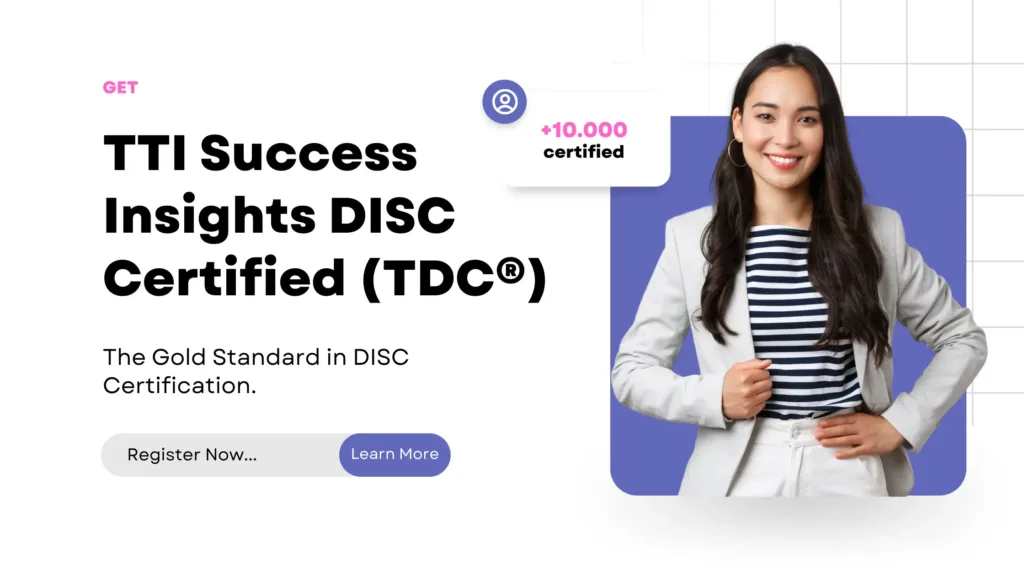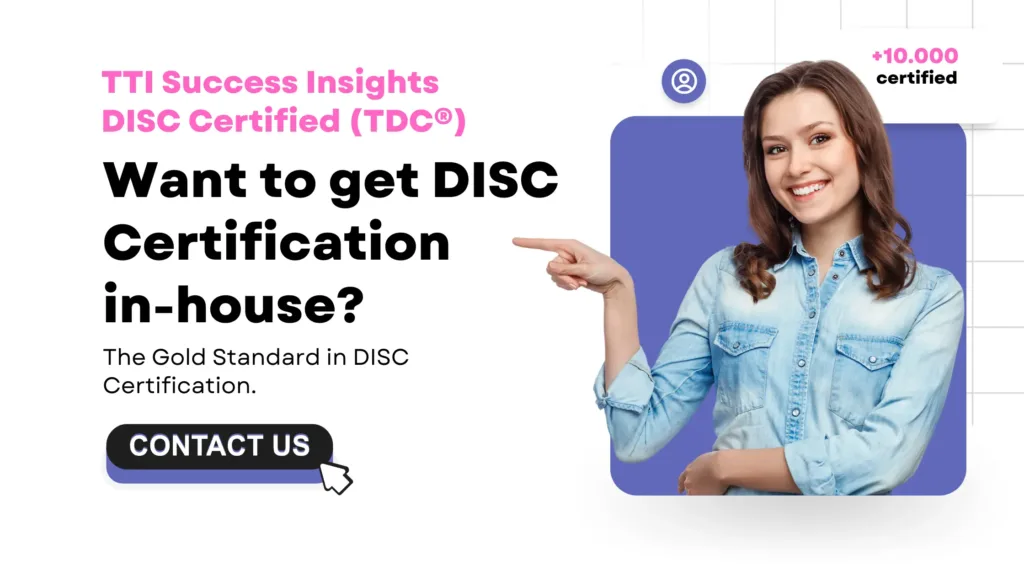Mastering Stakeholder Communication Through Email Using DISC

In the fast-paced professional world, effective email communication with stakeholders is pivotal for achieving successful outcomes. By utilizing the DISC model, professionals can harness a powerful tool that enhances understanding and tailors interactions according to diverse communication styles. This model acts as a guide, helping to navigate through the complexities of email correspondence with different types of stakeholders.
Understanding DISC Profiles
The DISC model categorizes communication styles into four primary types: Dominance (D), Influence (I), Steadiness (S), and Compliance (C). Each type has unique characteristics:
- Dominance (D): Direct and result-oriented, they prefer succinct, clear communication.
- Influence (I): Charismatic and persuasive, they thrive on engaging and enthusiastic interactions.
- Steadiness (S): Appreciative of supportive and sincere communication, they value consistency and reliability.
- Compliance (C): Detail-oriented and structured, they respect data-driven and well-documented messages.
By understanding these styles, you can craft emails that resonate more effectively with each type of stakeholder, facilitating better responses and building stronger relationships.
Strategies for Effective Email Communication
Communicating with Dominant (D) Stakeholders
When writing to Dominant stakeholders, it’s crucial to be concise and to the point. For instance, if you need a decision on a project, structure your email with a clear and direct subject line and begin with the main request or question. Avoid unnecessary details—stick to bullet points or short paragraphs that outline the essential information and next steps.
Here is an example:
Subject: Immediate Decision Required: Project X Deadline Approaching
Email:
Dear [Stakeholder’s Name],
I’m reaching out to seek your final decision regarding Project X, as our deadline is fast approaching and we need to proceed to ensure timely completion.
Key Points:
Current Status: 85% complete, final phase pending.
Immediate Needs: Approval on the proposed budget increase.
Impact of Delay: Potential to miss launch date, impacting ROI.
Action Required:
Please review the attached budget proposal and confirm by EOD tomorrow. Your timely decision is crucial to move forward without delay.
Thank you for your attention to this matter.
Best regards,
[Your Name]Engaging Influential (I) Stakeholders
Influential stakeholders respond well to dynamic and engaging content. Use storytelling or an anecdotal style to capture their interest. For example, when introducing a new idea, highlight how it aligns with their vision and how they can champion the project. Incorporate vibrant language and visuals to keep them engaged.
Here is an example:
Subject: Join Us in Pioneering the Next Big Thing in [Industry]!
Email:
Hello [Stakeholder’s Name],
I hope this message finds you well! I’m excited to share an opportunity that not only aligns with our core values but also paves the way for us to lead the market in innovation.
Imagine this: We launch a project that sets industry standards, with you at the helm as its champion. This project, [Project Name], leverages cutting-edge technology to deliver unprecedented results. Your leadership and vision would be instrumental in bringing this to life.
I look forward to discussing this with you further and exploring how we can turn this vision into reality.
Warm regards,
[Your Name]
Writing to Steadiness (S) Stakeholders
For Steadiness-oriented stakeholders, emphasize reliability and consistency. Your emails should reflect a tone of understanding and assurance. For example, when discussing changes or updates, reassure them of continued support and outline how the changes will enhance stability within the organization.
Here is an example:
Subject: Updates and Continued Support for [Project Name]
Email:
Dear [Stakeholder’s Name],
As we continue to advance in our projects, I want to ensure you that your ongoing support remains invaluable and we are committed to maintaining the stability we have achieved together.
Here are a few updates:
We have successfully implemented phase one.
Feedback has been overwhelmingly positive, reinforcing the reliability of our approach.
Looking forward, I am here to support you in any way needed to ensure a smooth continuation. Let’s keep our lines of communication open as we move into the next phase.
Thank you for your steadfast support.
Best regards,
[Your Name]Addressing Compliant (C) Stakeholders
Compliant types appreciate detailed, logical information. When communicating with them, provide comprehensive data and evidence to support your points. Use clear headers and bullet points to organize the information effectively, and be ready to answer detailed follow-up questions.
Here’s an example:
Subject: Detailed Review and Next Steps for [Project Name]
Email:
Dear [Stakeholder’s Name],
In preparation for our next steps, I have compiled a detailed review of the data from our recent project phase. Attached, you will find a comprehensive breakdown that highlights our findings, supported by data and analysis.
Key Points:
Detailed results from the latest tests.
Statistical analysis of performance metrics.
Proposed adjustments based on data insights.
Please review the attached documents at your earliest convenience and let me know if there are any areas you would like to discuss further or any additional data you require.
I appreciate your attention to detail and look forward to your feedback.
Best regards,
[Your Name]e and harmonious interactions, paving the way for successful outcomes.
Adapting Tone and Language Across DISC Styles
The tone, word choice, and structure of your emails should vary depending on the recipient’s DISC model style:
D Style: Use a confident, assertive tone with direct language and a structured format.
I Style: Opt for an enthusiastic, engaging tone with persuasive language and a more narrative structure.
S Style: Choose a warm, reassuring tone with supportive language and a well-organized layout.
C Style: Maintain a logical, detailed tone with precise language and a highly structured format.
Enhancing Email Effectiveness with DISC
Incorporating the DISC for communication skills into your email communication strategy offers a powerful method for enhancing the clarity, efficiency, and impact of your interactions. By understanding and adapting to the unique communication preferences of each DISC type—Dominance, Influence, Steadiness, and Compliance—you can tailor your messages to resonate more deeply with each recipient. This tailored approach ensures that your emails are not only more likely to be well-received but also more likely to elicit the desired response, thereby increasing the effectiveness of your communication efforts.
When you align your communication style with the preferences of your stakeholders, you do more than just share information; you engage in building stronger, more meaningful relationships. For instance, a concise and direct email to a Dominant type can lead to quicker decision-making, while a detailed and well-structured message to a Compliant type can facilitate better understanding and fewer follow-up queries. Similarly, using an enthusiastic tone with an Influential type can strengthen bonds and foster collaboration, whereas adopting a reassuring and supportive approach with a Steadiness type can enhance trust and loyalty.
By mastering these skills and consistently applying them in your professional engagements, every email you send becomes a step towards greater success. Not only does this approach improve individual communication instances, but it also contributes to a more robust and productive overall relationship with each stakeholder. Thus, the DISC model not only serves as a tool for better communication but as a strategic asset in the cultivation of professional relationships and the achievement of organizational goals.